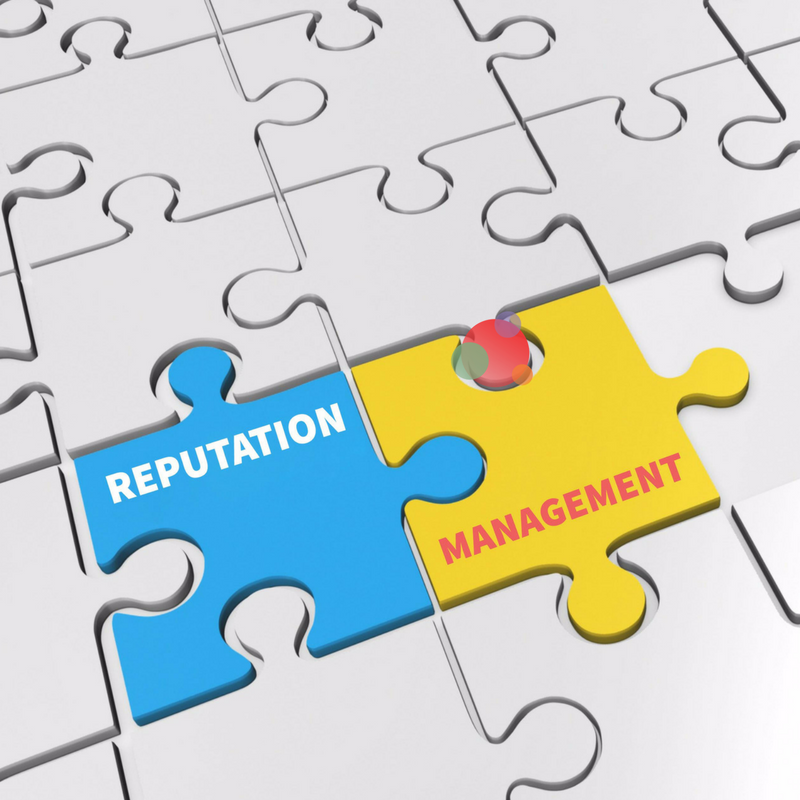 Bad reviews are unavoidable.
Bad reviews are unavoidable.
You can’t please everyone.
Customers may be disappointed in a business due to situations that are completely out of their control.
For example, a delayed delivery due to bad weather may result in a negative review.
As a PR professional, your job is to help organizations avoid as many negative reviews as possible.
That’s where reputation management comes into play.
This means you’ll need to take a closer look at current operations, identify problem areas, and provide suggestions to address any issues.
Here are a few ideas on how to mitigate negative reviews with exceptional reputation management.
Make Sure the Product or Service Information is Accurate
One of the first things you need to look at is the information provided about products or services.
Go through every detail to make sure it’s accurate and customers can get correct information.
Imagine the frustration of a customer who learns about a newly-launched product.
They visit the website only to find the product hasn’t yet been launched.
You could have prevented this disappointment by clearly communicating the date of release in a news release.
And, with tools such as LeadPages, it’s very easy to create a landing page that has all of the coming information, including a form to add their email address to be alerted with updates.
Here’s an excellent example from Tesla.
The company published a blog post about the launch of their Solar Roof.
In addition to providing thorough details about the functionality and benefits of the products, they’ve included a section on availability.
They mention that, although customers may place their orders now, installations in the U.S. don’t begin until summer.
Customers outside the U.S. have to wait until 2018.

Similarly, you should make sure the website has clear information about how to contact customer support and what to do with certain issues.
There needs to be accurate information for every organization—no matter what they sell.
For example, providing details about business hours, menu, pricing, parking options, directions, or contact information can improve their customer experience.
Make Changes that Enhance Customer Experience
You will regularly need to analyze decisions and current performance.
Based on your observations, your job then is to counsel on how to best make changes that prioritize the best interests of customers.
You will need to help analyze and interpret public sentiment towards the brand to prevent customer complaints before they escalate.
Also, you might need to analyze current digital presence and communications strategy to see if anything is wrong, and how to make changes to satisfy customers.
For example, you might need to bring in a web design expert to completely redesign the website so visitors have a more pleasant experience.
Or you might help devise better communications and customer engagement strategies after discovering social media isn’t sufficiently used to engage customers.
In an instance like this, 5W helped Amarte Skincare enhance customer experience and revamp their digital presence.
They developed a strategy to redesign their website and email marketing campaigns.
This resulted in an improved customer experience, which is essential for preventing a majority of customer complaints.
The team also conducted social media audits to understand the needs of their target audience on different channels.
They then used these insights to develop an enhanced social media strategy to better engage customers.
Amarte Skincare now regularly posts interesting content on social media and shares customer-submitted photos to show their appreciation for them.

With an engaged social media audience, brands can quickly work out a solution with customers on the verge of complaining.
They can immediately resolve customer issues before they turn into something big.
Plus, they’re building positive brand sentiment, which can make customers less likely to complain.
They use this solution to prevent customer complaints before they escalate.
Maintain Transparency
Customers appreciate honesty from an organization.
In fact, Label Insight reports that 94 percent of consumers are loyal to brands that offer transparency.
When bad news has to be delivered, be upfront and clear.
When a mistake is made and the solution is provided, this prevents a bad situation from turning worse.
It also could help prevent customer complaints.
If a certain product is out of stock, for example, make sure it’s clearly displayed on the product page to avoid disappointments.
Or if a restaurant is struggling during rush hour, a quick mention to guests about how long they’ll have to wait for their order is always helpful.
And additional charges at the checkout page should never be a surprise.
Always communication extra fees, outside of the product price, tax, and shipping and handling.
Here’s an excellent example from Indian automobile manufacturer Tata Motors.
The company’s managing director made an honest admission about their failure to launch certain products on time.
As you can see, they’re not trying to hide the fact the company has been unable to accomplish their goals on time.
Money Control helped spread the bad news.

Reputation Management Wrap Up
These are some of the best reputation management tips to prevent customer complaints before they occur.
It’s also important you help promote a good customer service culture throughout the organization.
This can help ensure employees at every stage of the purchase process care about customer experience.
Have questions about these tips? Let me know in the comments below.